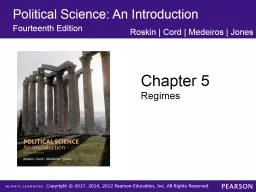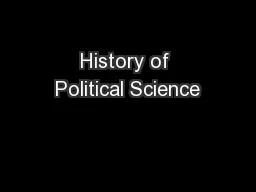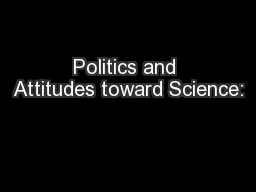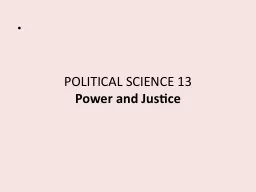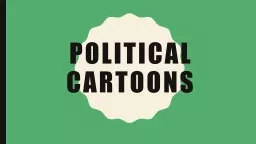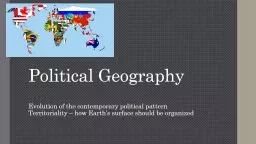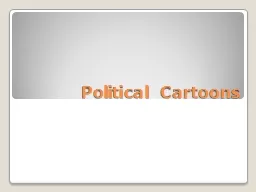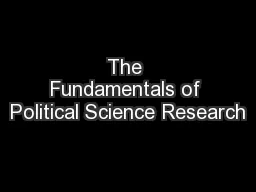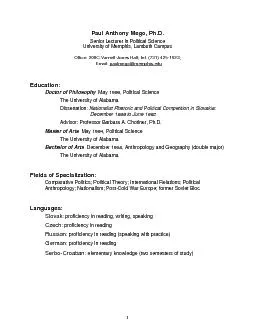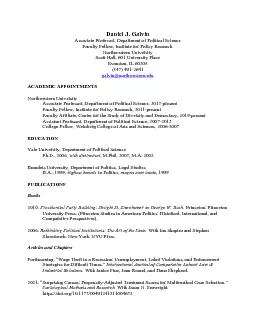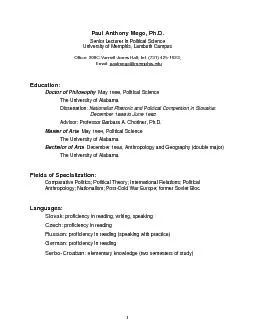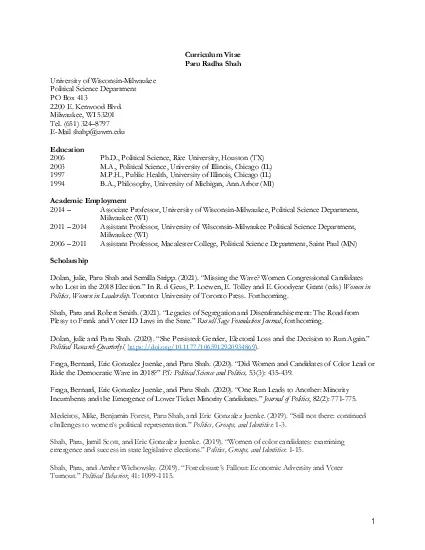PPT-Political Science: An Introduction
Author : pamella-moone | Published Date : 2018-03-08
Fourteenth Edition Chapter 5 Regimes Roskin Cord Medeiros Jones Table 51 Main Regime Types Democratic US West Europe Transitional Egypt Russia Authoritarian
Presentation Embed Code
Download Presentation
Download Presentation The PPT/PDF document "Political Science: An Introduction" is the property of its rightful owner. Permission is granted to download and print the materials on this website for personal, non-commercial use only, and to display it on your personal computer provided you do not modify the materials and that you retain all copyright notices contained in the materials. By downloading content from our website, you accept the terms of this agreement.
Political Science: An Introduction: Transcript
Download Rules Of Document
"Political Science: An Introduction"The content belongs to its owner. You may download and print it for personal use, without modification, and keep all copyright notices. By downloading, you agree to these terms.
Related Documents

